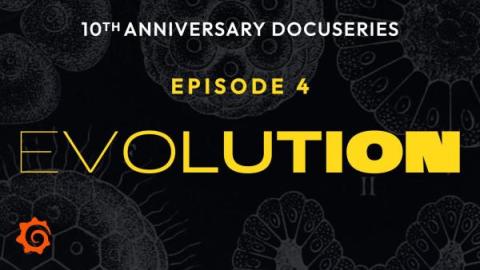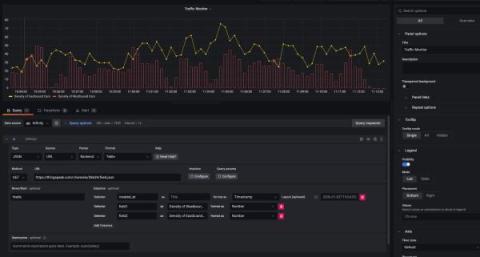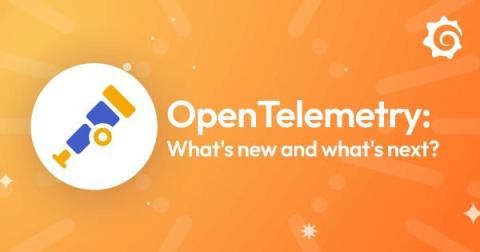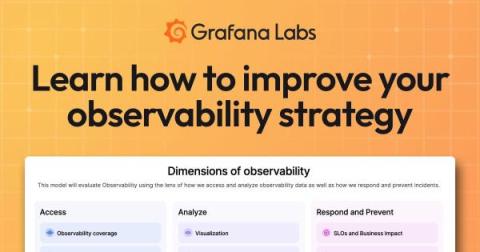The Story of Grafana | Episode 4: Evolution | Grafana Documentary
From an open source project to an open observability platform, Grafana's evolution continues to drive massive adoption and impactful use cases worldwide. The story of Grafana has only just begun. As we wrap up the Grafana 10th anniversary documentary with this final episode, we'd like to give special thanks to the Grafana community and extended open source ecosystem for all of the contributions and support this past decade. There's so much more to look forward to and we can't wait for what's next!











